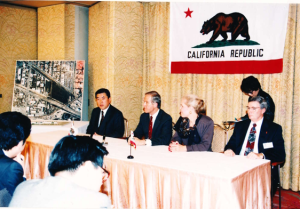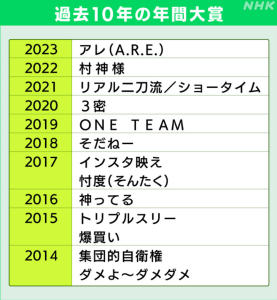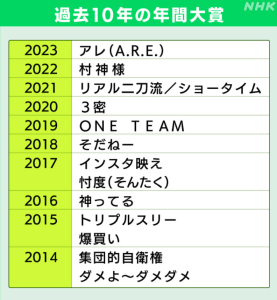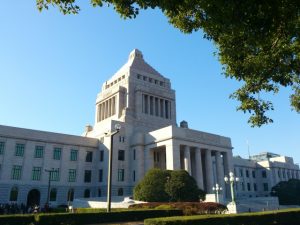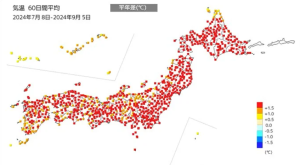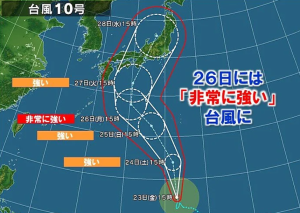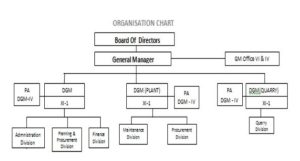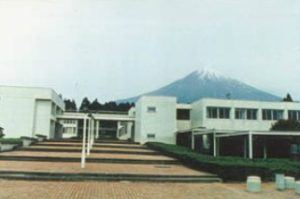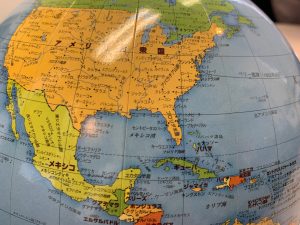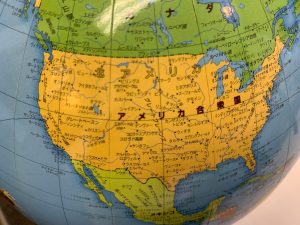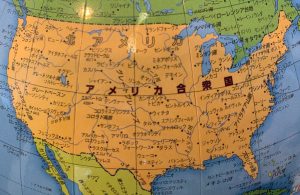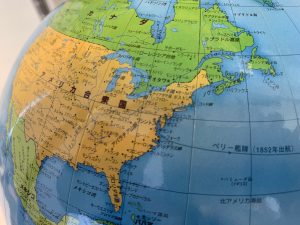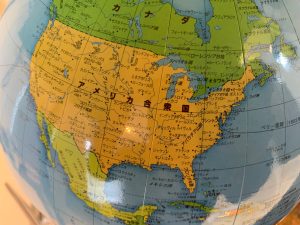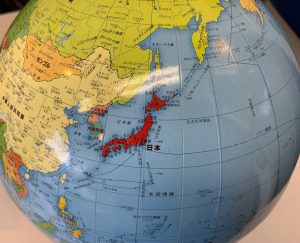Re: A news item and subject which I just want to check out (130) March 29, 2024
Time flies, and three months will have passed shortly since the start of the new year, and four days later is April. The cherry blossom forecast has been fluctuating due to recent unseasonable weather, but the cherry blossoms are about to bloom in Tokyo today or tomorrow. It is already nearly ten days later compared to last year and later than the average blooming day, March 24. The backward reading of forecast, yosou in Japanese, became “a lie”, usoyo in Japanese.
By the way I also featured in the previous blog, Takerufuji who is newly promoted to the Makuuchi division and at higashi-maegashira 17, the lowest rank in the Makuuchi division, achieved his first victory with a record of 13 wins and 2 losses in the Spring Grand Sumo Tournament in Osaka. His victory comes in just 10 tournaments since his debut and it is the fastest ever. And the victory by newly promoted wrestler is a brilliant achievement in 110 years since 1914. He injured his right ligament during yesterday’s match against Asanoyama, and when I was watching it on TV, I thought it would be impossible for him to play at the last day of the tournament. But it is said that the encouragement of Yokozuna Terunofuji, a senior fellow disciple “flipped a switch” and the pain in his leg disappeared. We should accept this word honestly. There is an old saying, “Damn power in the fire field”, and it seems to be true that when someone is an urgent situation, unimaginable and mysterious powers like “magical power” are unleashed.
On the other hand, politics in Japan is still in a state of confusion or like a kite with a broken string. The cabinet approval rating in March surveyed by media organizations is around 20 % across the board. On the contrary, the ratio of “don’t support the cabinet” varies in each media, 50 % ~the first half of around 70 %. However, the opposition party’s approval rating is not rising and as a result, nonpartisan voters are increasing. There are many issues that will greatly affect the future of Japan domestically and internationally. I really want to overcome this current feeling of stagnation as soon as possible.
■■What I have recently thought and focused on:
■The leading role in the stock market of the United States may have changed:
Despite persistent high interest rates, the stock market in the United States is strong, and Dow-Jones average is staying at a high level aiming for 40,000 dollars. What has supported this upward trend was hi-tech stocks called the Magnificent Seven. The Magnificent Seven is seven companies adding 2 companies, Tesla (EV manufacturer) and Nvidia (semiconductor manufacturer), to 5 companies called GAFAM (Google, Apple, Facebook, Amazon and Microsoft). But due to various factors, the stock prices of Tesla and Apple have been declining lately. And now Eli Lilly, the largest drugmaker in the United States, and Novo Nordisk, leading drugmaker in Denmark, producing anti-obesity drug, have come out on top. By 2030, it is predicted that the global market for anti-obesity drug will expand to about 15 trillion yen, more than 16 times compared to last year. In the United States, when hi-tech stocks lose momentum, drugmakers using anti-obesity drug as a weapon are now leading the stock market. This is a driving force maintaining strength of economy in the United States.
■Japan’s Gross Domestic Product (GDP):
Japan’s GDP in 2023 was surpassed by Germany in terms of nominal base including the influence of prices, and Japan slipped to fourth place. It is predicted that Japan will be surpassed by India a few years later. The real economic growth rate of Germany in the last 10 years is 1.1 % and Japan’s rate is 0.6 %. Adding to this the difference in inflation rates is the difference of GDP growth.
On the other hand, when comparing based on the national currency based on the year 1994 30 years ago from now, Japan’s GDP is 1.1 times, and Germany’s GDP is 2.2 times and GDP in the United States is 3.7 times. The stagnation of Japanese economy in the past 30 years is still obvious.
And looking at GDP per capita, Japan has been declining since peaking at 17th place in the world in 1996, and seems to have declined to 36th last year. Incidentally, Germany is 21st.
According to Japan Productivity Center, added value per hour gained by Japanese workers, labor productivity, is 52.3 dollars and stays in 30th place out of 38 OECD member countries.
■The situation of wage increase in 2024 (the spring labor offensive):
According to calculation of RENGO as of March 15, the wage increase rate in this year’s spring labor offensive is 5.28 % on average and 4.42 % even in small and medium-sized businesses, high level in 33 years since 1991. But the Ministry of Health, Labor and Welfare compares nominal wage growth rate including a rise of prices of G7 in 1991 with in 2020, and the United States is 2.8 times, the United Kingdom is 2.7 times and Japan is 1.1 times. Even with wage increase in this year’s spring labor offensive considered to be a historical standard, it is still a much lower rate of increase compared to Western countries. Incidentally, minimum wage is also 45 % of full-time employee in Japan, and inferior to the rest of the world. That is not to say that Japanese companies did not have the ability to pay. Looking at “labor’s share” that is the percentage of personnel expenses paid out of company’s profit, this ratio of large companies with a capital of 1 billion yen or more is below 40 % in 2023. And cash on hand of Japanese companies excluding finance is about 106 trillion yen, record high level at the end of last year. The idea that large companies take the lead in increasing labor’s share, in other words, implement wage increase continuously contributes to a positive economic cycle. But labor’s share in small and medium-sized businesses has reached 70 %, and the ratio of personnel expenses against their profit is high and it shows their severe business condition.
By the way, according to the “Analysis of Labor Economics” in 2018, the ratio of capacity development expenses spent on workers by Japanese companies to GDP is 2.08 % in the United States, 1.78 % in France, 1.20 % in Germany and 0.10 %, quite low-level, in Japan. Japan has been traditionally advocating “a manufacturing nation”, but it is true that there are few independently developed products and many products where Japan have adopted technology from the United States and arranged in a Japanese style. Neglecting investment in people has been a contributing factor to the difference of individuality, creativity and development capabilities.
■Signs of inflation in Japanese economy:
According to official land price in 2024 recently published by the Ministry of Land, Infrastructure, Transport and Tourism, the nationwide average has increased by 2.3 % compared to last year, and the rate of increase is the highest in 33 years since Bubble era. Following the stock price and wage, the wave of price increasing is also spreading to land. And Consumer Price index in February increased by 2.8 %. From now on, raising personnel costs to retain talent due to labor shortage and the increase of raw material and interest rates are inevitable.
Therefore, business maintenance and continuation depend on that companies can pass on the cost hike to the price. For instance, ensuring funding resources for wage increases by price pass-through is essential. According to the Japan Fair Trade Commission, the ratio of price pass-through in Japan is 45.7 % on average across all industries. But the reality is that the ratio in industries where there are many small and medium-sized businesses having multi-layer structure tends to be low and the lowest is 24.2 % in trucking industry. In this state, they can’t cover the resources needed to raise wages. The current price increase, in many cases, is not caused by demand-pull inflation due to strong demand, but caused by cost-push inflation under a situation of loose demand. Therefore, it is predicted that negotiating a price increase will be difficult. The Government should not repeat temporary remedies such as subsidy benefits, and should be committed to structural reform of industries in Japan more seriously.





